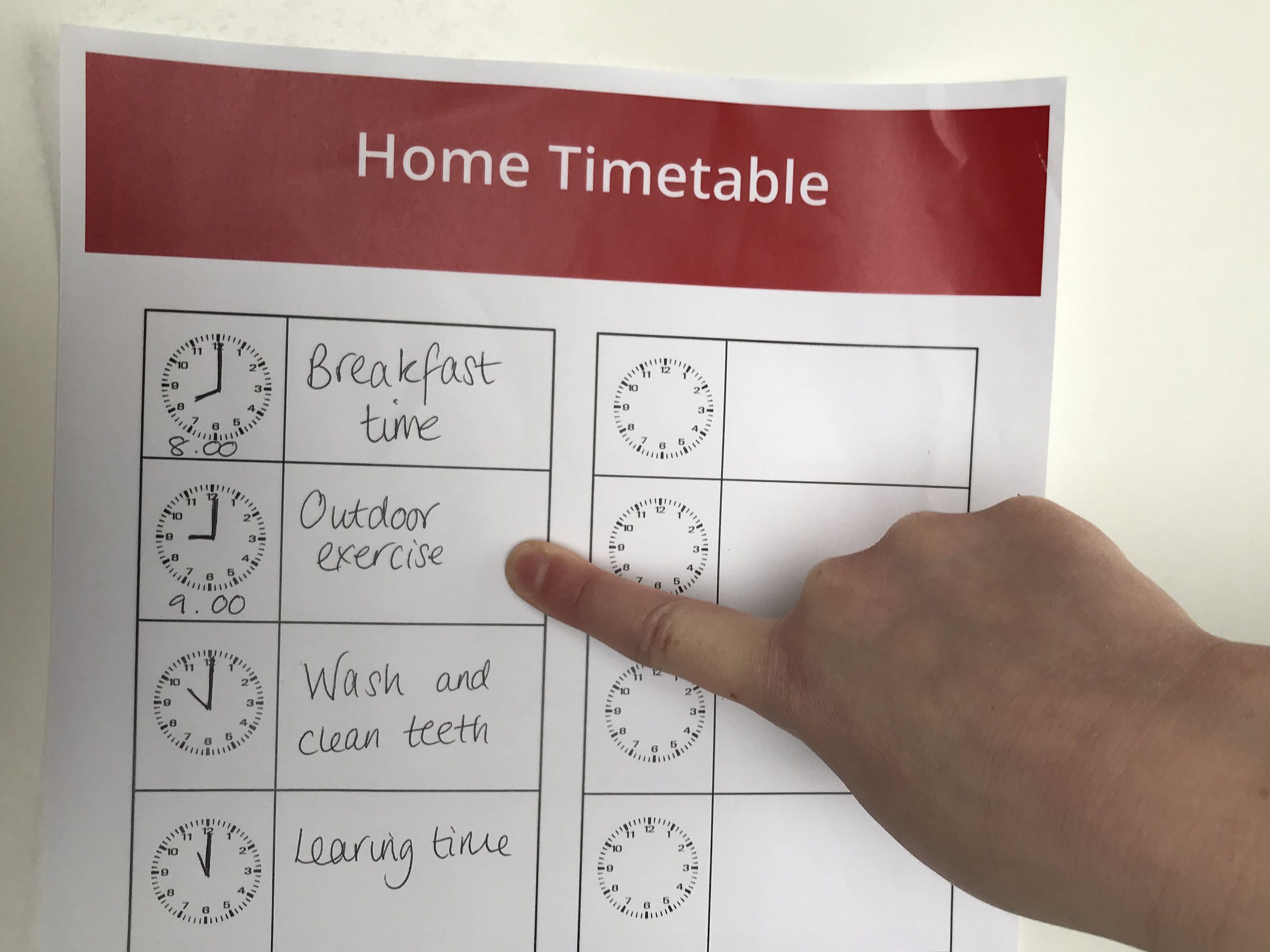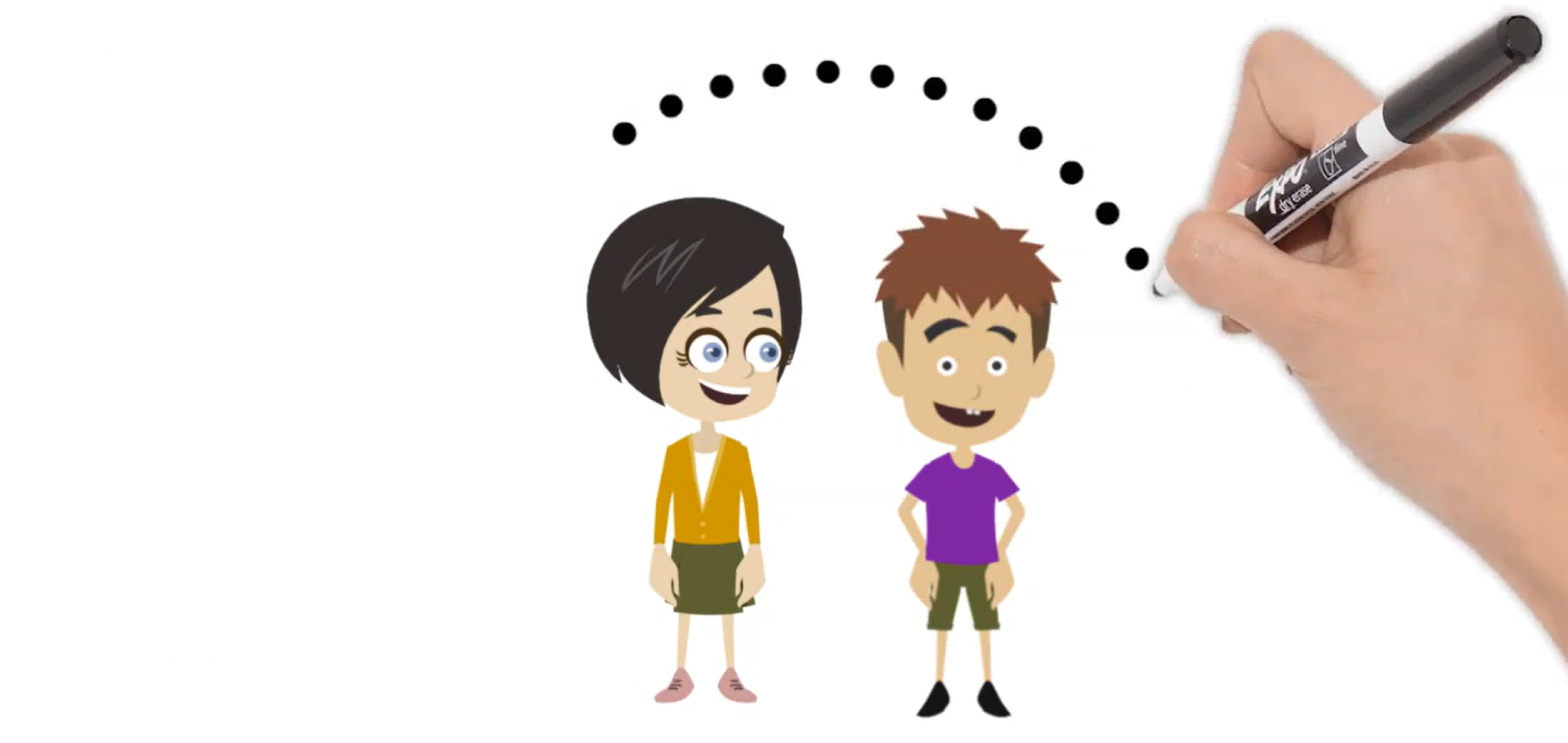Routines Creating Stability

One of the best things you can do to help your child through this difficult time is to keep to a regular routine as much as possible. This will help them feel safe and secure, and give them a sense of stability in an otherwise chaotic time.
Routines can include things like regular bedtimes, mealtimes, bath times, and homework times. If you can stick to these as closely as possible, it will make a big difference to your child’s mental health and emotional wellbeing.
Divorce or separation is a very stressful time for everyone involved, so it is important to be understanding and flexible too. If your child is finding it hard to stick to their usual routine, try to be patient and help them through it. Remember that this is a tough time for them, and they are likely to need extra love and support from you.

Why do routines give children a sense of stability?
As adults, we all do need that sense of what is going to happen and when. So for example when we get up in the morning, we know that we are going to have a shower, eat some breakfast, and go to work.
Humans love this sense of order, it helps us feel in control of our own lives. Children need this sense of order and routine even more than adults.
If we look at it from the child’s point of view, life can seem like a whirlwind even without the additional impact of family breakdown. To a child, life can appear to consist of lots of seemingly random transitions between different activities.
A stable routine gives them a sense of order, a sense of knowing what’s going to come next. It is this that gives them a feeling of stability and safety. It makes them feel like the grown ups are in control which gives them a sense of stability, security and safety.

Routines help an anxious child
Routines are also helpful for anxious children. When children know what is expected of them it reduces their anxiety and they dont worry so much about the “what if …”s such as “what if i get it wrong?” or “What if i cant do it?”
All children will build their self esteem as they learn how to do daily tasks independently and learn to become more and more capable of doing different tasks. It also helps children to build healthy habits, especially if the routines are around eg brushing teeth before bed or doing homework before watching the television.
What kind of routines are helpful?
Routines differ between households, especially after a separation. – depending on such things as the number and ages of children and whether there are one or two parents in the house. In general, most households find it helpful to create routines such as:
- School morning routines, including getting dressed and eating breakfast
- Coming home from school routines such as putting schoolbag away and changing out of school clothes
- Mealtime routines
- Bathtime and bedtime routines, especially since bedtime routines can help children to sleep.
Just as with “Clear Instructions” you may need to break the routines down into specific tasks. Children really benefit from step by step instructions

Routines and “in this house”
We cover the “in this house” strategy in the section on household rules.
“In this house” is also a strategy that can be used with rules that differ between Mum’s house and Dad’s house.
Create the routines for your household with the children. Even if the routines are different or not as strict in the other household you can still have routines for your household.
Put the routines on the wall
When you put together your routines, create visual charts you can put on the wall. For younger children and children with additional needs add images as well as words to the chart to help them understand.
Once you have put together a routine You’ll need to explain it to them, with pictures if necessary. You will need to remind them what to do and what is coming next, but as they become more competent and confident they will be able to do more without your supervision.
You can leave the routine chart up on the wall until the children settle into them, or until the routine changes eg a change of school with an earlier start time or more homework, when you’ll need to put a new chart up.
You can have a different chart for children of different age groups.
Children may object in the beginning
Children may well object to routines, especially around bedtime, and initially they may challenge and any structure you put in place in order to test what they can get away with. They won’t believe you are going to be consistent. So practice your deep breathing techniques and stick to the routines, using consequences where necessary, such as “if you don’t eat your dinner you wont have any pudding”.
Be consistent with your routines and over time, routines will reduce power struggles between you and your children and helps them to regulate their own behaviour.